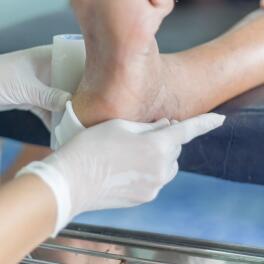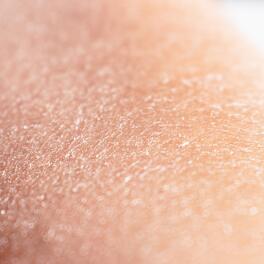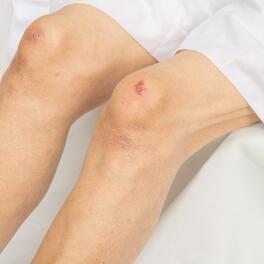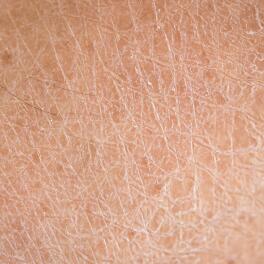All about uraemic xerosis: causes, symptoms and treatments
Uraemic xerosis is a common chronic dermatological complication in patients with chronic renal failure, particularly those on renal dialysis.
- 75
of renal dialysis patients suffer from xerosis
- 15 to 30%
of patients suffer from severe xerosis

Summary
What is uraemic xerosis? What are the symptoms?
The skin is dry, rough, cracked and scaly. Uraemic xerosis particularly affects the legs, back, chest and hands. It is often associated with severe itching.
The prevalence of uraemic xerosis
Xerosis is present in approximately 75% of the renal dialysis population. Uraemic xerosis can be mild (30-40% of patients), moderate (35-50%) or severe in 15-30% of patients¹
In most cases, it disappears after a kidney transplant.
What causes uraemic xerosis?
The cause is still unknown but is thought to be due to several factors: dehydration of the skin, alteration of the skin's barrier function, irritation due to external substances (e.g. surfactants in soaps) or internal substances such as the accumulation of uraemic toxins (waste products resulting from the degradation of proteins linked to the diet, for example)².
How do you take care of the skin in cases of uraemic xerosis?
Treatment is based primarily on optimising the conditions under which dialysis is performed, but also on the daily application of emollients to improve symptoms. This complication should be treated by the dermatologist and the nephrologist at the same time to improve the quality of life of dialysis patients³.
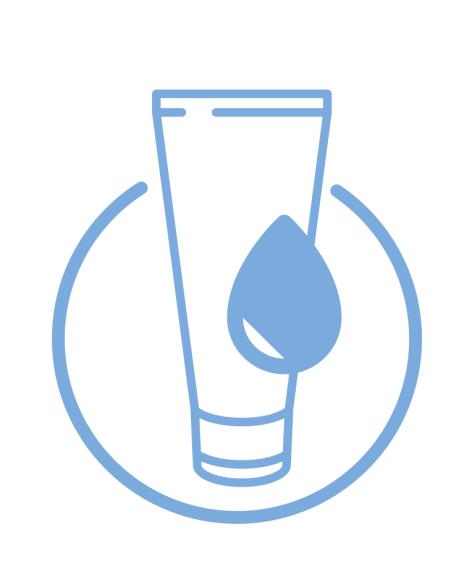
Are you familiar with the effectiveness of DEXERYL Emollient Cream in the management of your condition?
DEXERYL Emollient Cream provides patients with proven clinical studies.
DEXERYL Emollient Cream: the partner for dry skin.
DEXERYL supports you with emollient skin care and cleansers specially formulated for sensitive and dry skin.

DEXERYL Emollient Cream
DEXERYL Emollient Cream can be used to protect the skin and treat the signs and symptoms of dry skin, particularly in the context of uraemic xerosis.

Dexeryl supports you each day
Sources:
1) Balaskas E., Szepietowski J.C., Bessis D., Ioannides D., Ponticelli C., Ghienne C., Taberly A., Dupuy P. Randomized, double-blind study with glycerol and paraffin in uremic xerosis Clin J Am Soc Nephrol. 2011; 6(4): 748-52
2) Szepietowski, J. C. (2004). Uraemic xerosis. Nephrology Dialysis Transplantation, 19(11), 2709-2712. https://doi.org/10.1093/ndt/gfh480
3) Dahbi N, Hocar O, Akhdari N, Amal S, Bassit N, Fadili W, et al. Skin manifestations in chronic haemodialysis patients. Nephrol Ther 2014; 10: 101-5




